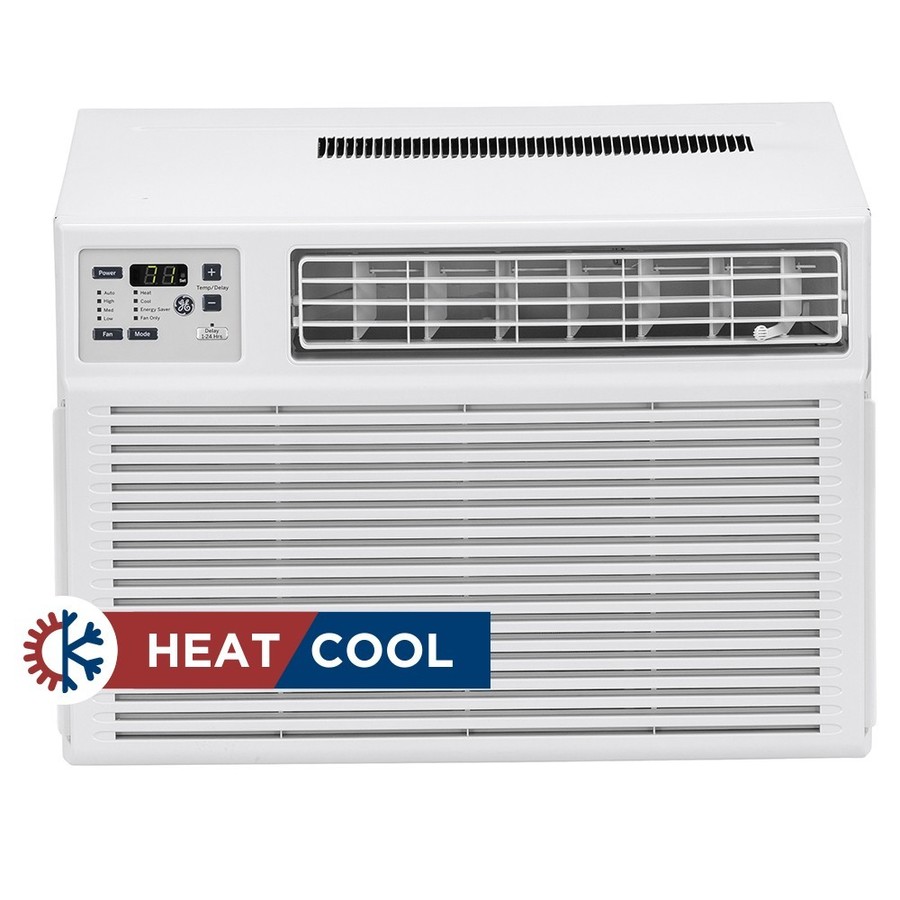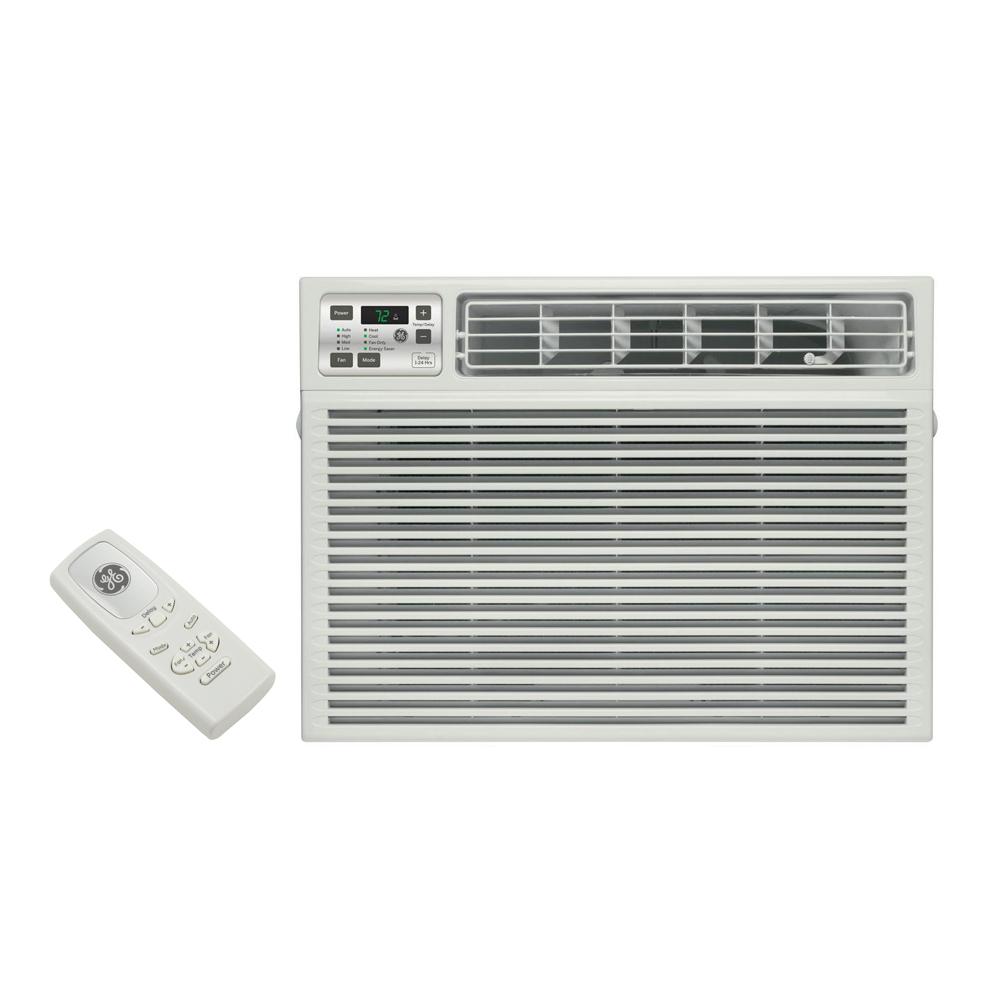Air Conditioning - Hvac Repair Services - Angie's List
Wetness from the air will condense on the coil and also should be taken care of or reused. The majority of modern-day air-conditioning systems include a dehumidification cycle throughout which the compressor runs while the fan is slowed as high as feasible [] to reduce the evaporator temperature level and therefore condense even more water. When the temperature drops below a threshold, both the follower and compressor are turned off to reduce additional temperature level drops; [] this stops dampness on the evaporator from being blown back right into the space. [] When the temperature increases once more, [] the compressor restarts and also the follower go back to reduced speed.
When the evaporator is as well cold, [] the compressor is slowed or quit with the indoor fan running. [] Common portable dehumidifier A specific air conditioning unit that is used only for evaporating is called a dehumidifier. It additionally makes use of a refrigeration cycle, but differs from a common a/c because both the evaporator and the condenser are positioned in the same air path.
Nonetheless, given that all components of the dehumidifier are in the very same area, no heat power is gotten rid of. Instead, the electric power taken in by the dehumidifier stays in the area as warmth, so the area is really warmed, equally as by an electrical heater that attracts the same quantity of power.
Air Conditioners - Trane

The dehumidification process is the inverse of including water to the space with an evaporative cooler, as well as instead launches warm. Therefore, an in-room dehumidifier always will warm the room as well as decrease the relative humidity indirectly, as well as minimizing the moisture straight by condensing and also getting rid of water. Inside the system, the air passes over the evaporator coil initially, and also is cooled and dehumidified.

Then the air is launched back right into the room. The device produces warm, dehumidified air and also can usually be put freely in the environment (area) that is to be conditioned. Dehumidifiers are commonly utilized in cool, wet climates to avoid mold development inside, especially in cellars. They are also made use of to secure sensitive equipment from the adverse effects of too much humidity in tropical countries.
This boost has the result that, for each unit of power input right into the system (say to power a light bulb in the closed system), the a/c gets rid of that energy. To do so, the ac unit should enhance its power intake by the inverse of its "performance" (coefficient of performance) times the amount of power dissipated into the system.
Residential Air Conditioning Systems - Goodman Ac ...
The ac system's power consumption will raise by 50 W to compensate for this, hence making the 100 W burner cost an overall of 150 W of power. It is common for ac system to run at "performances" of dramatically more than 100%. However, it might be noted that the input electrical power is of greater thermodynamic quality (lower entropy) than the result thermal power (heat).
is commonly defined in terms of "heaps of refrigeration", with each approximately equal to the cooling power of one brief ton (2000 extra pounds or 907 kgs) of ice melting in a 24-hour period. The value is specified as 12,000 BTU per hr, or 3517 watts. Residential central air conditioning systems are typically from 1 to 5 tons (3.
For household houses, some nations established minimal requirements for energy efficiency. In the USA, the effectiveness of air conditioning unit is usually (yet not always) rated by the seasonal power efficiency proportion (SEER). The greater the SEER rating, the much more power efficient is the a/c unit. The SEER rating is the BTU of cooling result during its typical annual use separated by the overall electric power input in watt hours (Wh) throughout the same duration.
Lawson Air Conditioning & Plumbing - Gainesville, Ga

As an example, a 5000 BTU/h air-conditioning unit, with a SEER of 10, would consume 5000/10 = 500 Watts of power on standard. The electric power consumed annually can be determined as the average power increased by the yearly operating time: Assuming 1000 hours of procedure during a regular air conditioning season (i.
One more technique that generates the exact same outcome, is to compute the complete yearly cooling outcome: After that, for a SEER of 10, the annual electrical power use would be: SEER is connected to the coefficient of efficiency (POLICE OFFICER) commonly used in thermodynamics and also to the Power Effectiveness Proportion (EER). The EER is the effectiveness score for the equipment at a certain pair of outside and internal temperature levels, while SEER is calculated over a whole series of external temperatures (i.
SEER is uncommon in that it is made up of an Imperial system separated by an SI system. The COP is a proportion with the very same metric systems of power (joules) in both the numerator and denominator. They cancel out, leaving a dimensionless amount. Solutions for the approximate conversion between SEER and also EER or COP are available.
more info